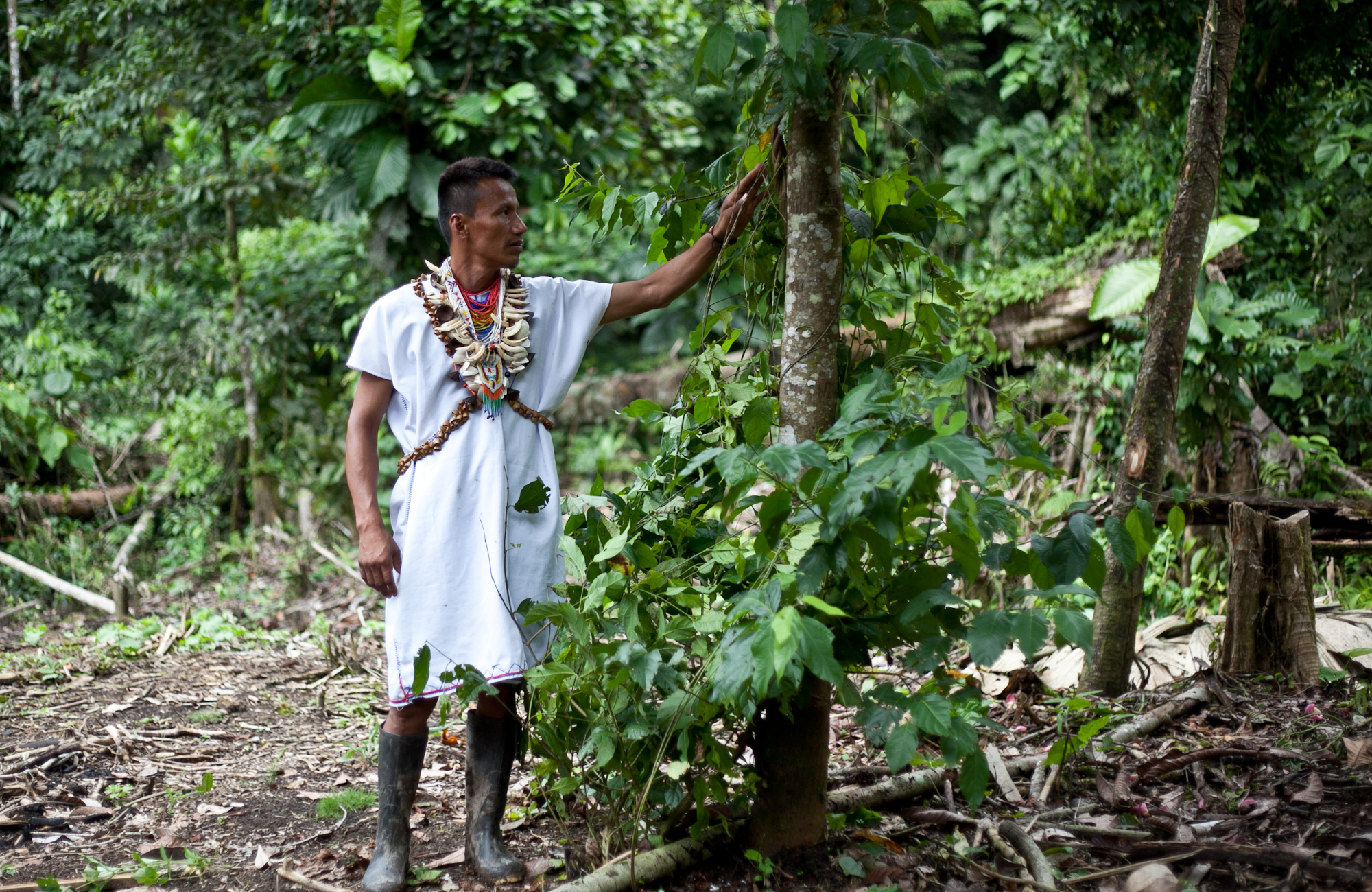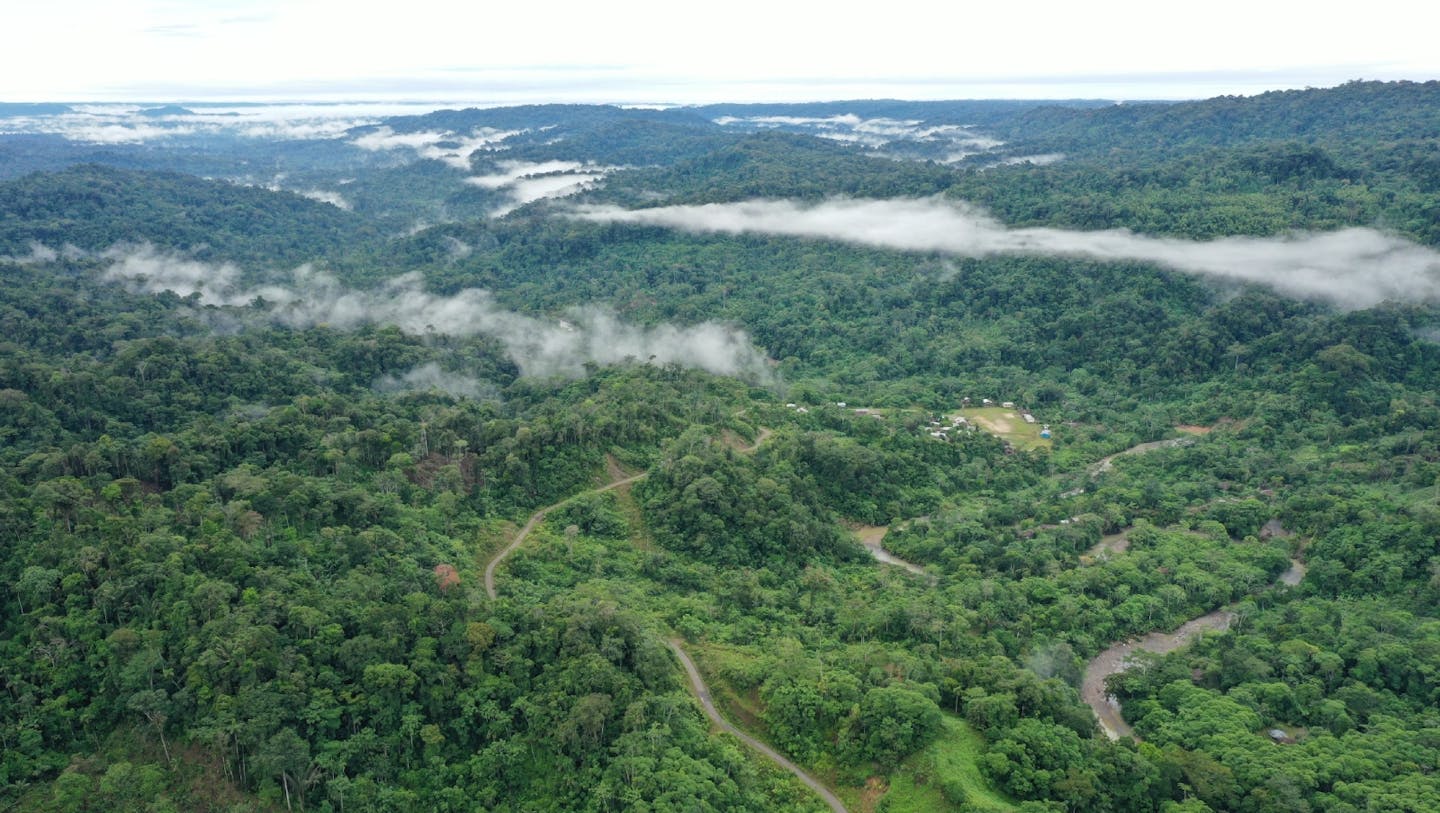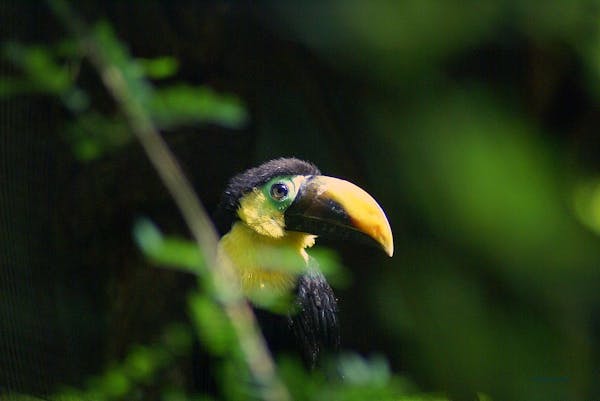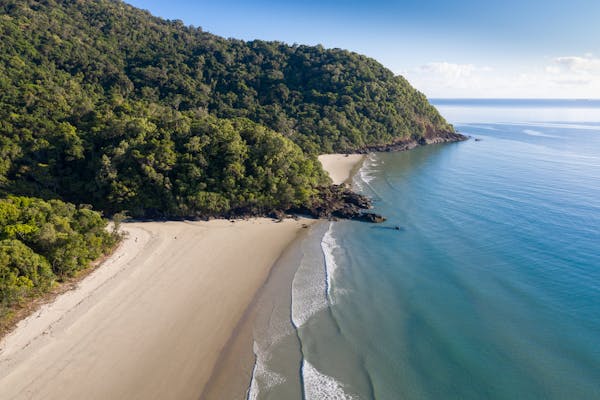Toward a climate justice approach for the Amazon: Reimagining REDD+ for Indigenous-led solutions
- Nature Conservation
- Land Conservation
- Forests
- Indigenous Tenure
- Nature/Climate Finance
- Southern America Realm
- Amazonia
The Amazon rainforest is nearing a tipping point, where continued deforestation could trigger irreversible ecosystem collapse and significant global climate disruptions. REDD+ (Reducing Emissions from Deforestation and Forest Degradation) was conceived as a market-based solution to curb deforestation and reduce carbon emissions. While there have been some successes delivering REDD+ funding to Indigenous Peoples and Local Communities (IPLCs), after more than 15 years of implementation, the program has largely failed to meet its objectives and in some cases has caused harm. Building upon a multi-year collaboration with Indigenous leaders in the Amazonia region, this article proposes a climate justice framework that centers Indigenous leadership and territorial defense, offering an alternative pathway for forest conservation that addresses the root causes of deforestation and prioritizes equity.
The shortcomings of REDD+
REDD+ was designed to channel financial resources from industrialized countries to tropical forest regions by compensating landholders and governments for reducing deforestation. Yet, REDD+ has targeted smallholders and Indigenous communities, often restricting their access to resources while ignoring the extractive industries and large-scale agriculture that drive deforestation. In addition, REDD+ projects have replicated colonial patterns by undermining Indigenous governance structures, leading to conflict, displacement, and inequitable compensation for forest protection efforts. As a result, REDD+ has been widely criticized by Indigenous organizations for failing to support their self-determination and territorial defense.

Aerial view of the Amazon River. Image credit: Vlad Hilitanu via Unsplash
A Climate Justice Framework for the Amazon
In response to the shortcomings of REDD+, this article outlines twelve principles for a more just and effective approach to forest conservation in the Amazon. These principles offer a comprehensive framework for reimagining REDD+ and other climate mitigation efforts to better align with the needs and rights of Indigenous Peoples.
1. Target the main drivers of deforestation
Effective climate action must prioritize preventing the expansion of extractive industries—such as mining, oil development, and industrial agriculture—the main drivers of deforestation in the Amazon. Indigenous communities should be supported in addressing these external threats to their territories, rather than being blamed for small-scale land-use activities.
2. Recognize and compensate Indigenous stewardship
Indigenous Peoples have protected forests for generations, yet their efforts have been undervalued. A climate justice approach should recognize this long-term stewardship and provide adequate compensation for the labor of forest protection, including reparations for past territorial loss.
3. Uphold the Rights of Nature
Legal frameworks that recognize the personhood and rights of nature—such as Ecuador’s constitution—should be integrated into forest conservation efforts. These instruments align with Indigenous worldviews that see nature as a living entity with intrinsic rights, and they can be powerful tools for defending territories from extractive activities.
4. Prioritize Indigenous leadership and self-determination
Indigenous-led initiatives should be at the center of any climate change mitigation strategy. Self-determination, which includes the right to define and manage territories according to Indigenous governance systems, is critical for ensuring that climate initiatives respect Indigenous rights and promote long-term territorial vitality.
5 . Uphold Indigenous knowledges and worldviews
Indigenous knowledge systems and worldviews have been essential for maintaining forest ecosystems. Climate initiatives should integrate these perspectives, moving beyond Western scientific frameworks and valuing the spiritual, cultural, and ecological dimensions of forests.
6. Foster Indigenous women’s rights and leadership
Indigenous women hold specific knowledge and play crucial roles in forest management. A climate justice approach must ensure that Indigenous women’s voices are included at all levels of decision-making and that gender equity is a core component of forest conservation strategies.
7. Ensure Indigenous participation in climate decision-making
Indigenous Peoples must be recognized as rights holders with a legitimate role in international climate negotiations. Their participation should be supported through robust Free, Prior, and Informed Consent (FPIC) processes that respect Indigenous governance protocols and decision-making structures.
8. Strengthen Indigenous land tenure and resource rights
Secure land tenure is foundational to effective forest conservation. Climate initiatives should prioritize the recognition and protection of Indigenous land and resource rights, ensuring that carbon rights are tied to Indigenous territorial rights.
9. Promote co-capacity building and Indigenous technical expertise
Indigenous communities should be empowered to fully participate in climate initiatives by building their technical capacity while also ensuring that external collaborators are trained in Indigenous-led design and management processes.
10. Fill the climate finance gap through blended finance
Addressing deforestation requires significantly more financial resources than currently provided. A climate justice approach should leverage blended finance models, including debt-for-nature swaps, grants, and public-private partnerships, while avoiding the imposition of debt burdens on Global South countries.
11. Embed carbon markets and develop non-market mechanisms
Carbon markets must be reformed to deliver equitable outcomes by reflecting the true value of forests and supporting Indigenous land tenure. At the same time, non-market mechanisms—such as climate contributions that do not rely on offsetting—should be scaled up to direct finance to Indigenous-led initiatives.
12. Direct finance to Indigenous Peoples
Indigenous communities receive less than 1% of global climate finance, despite their critical role in forest protection. Climate initiatives must ensure that financial benefits are equitably shared, with direct payments to Indigenous Peoples that support their self-determined development goals.

Indigenous communities are the Amazon’s most effective stewards. Image credit: © Mitch Anderson, Amazon Frontlines
Lessons from New Standards: TFM and HiFor
The emergence of new frameworks like the Tropical Forest Metric (TFM) standard and the HiFor standard by WCS highlight the growing recognition of the need for more inclusive and equitable approaches. The TFM standard emphasizes ecosystem integrity and community well-being, aligning closely with the principles of climate justice. Meanwhile, the HiFor standard incorporates rigorous social safeguards and ensures active Indigenous participation. These standards demonstrate how climate finance and conservation efforts can be restructured to prioritize both ecological outcomes and social equity, offering important lessons for the future of REDD+ and other initiatives.
Rebooting REDD+ and scaling new finance mechanisms
To meet global climate targets, REDD+ must be reimagined within a broader climate justice framework. This involves setting higher carbon prices that reflect the real value of forests, developing more equitable market and non-market mechanisms, and prioritizing the leadership of Indigenous Peoples in decision-making. By embedding these principles into forest conservation strategies, we can reboot REDD+ markets while scaling new finance mechanisms that channel resources directly to the communities who have long protected these vital ecosystems.
The path forward requires a fundamental shift toward recognizing Indigenous rights and leadership as central to effective climate action. By integrating these twelve principles into both policy and practice, we can move toward a more just and sustainable model for forest conservation in the Amazon and beyond.
Read the full report



